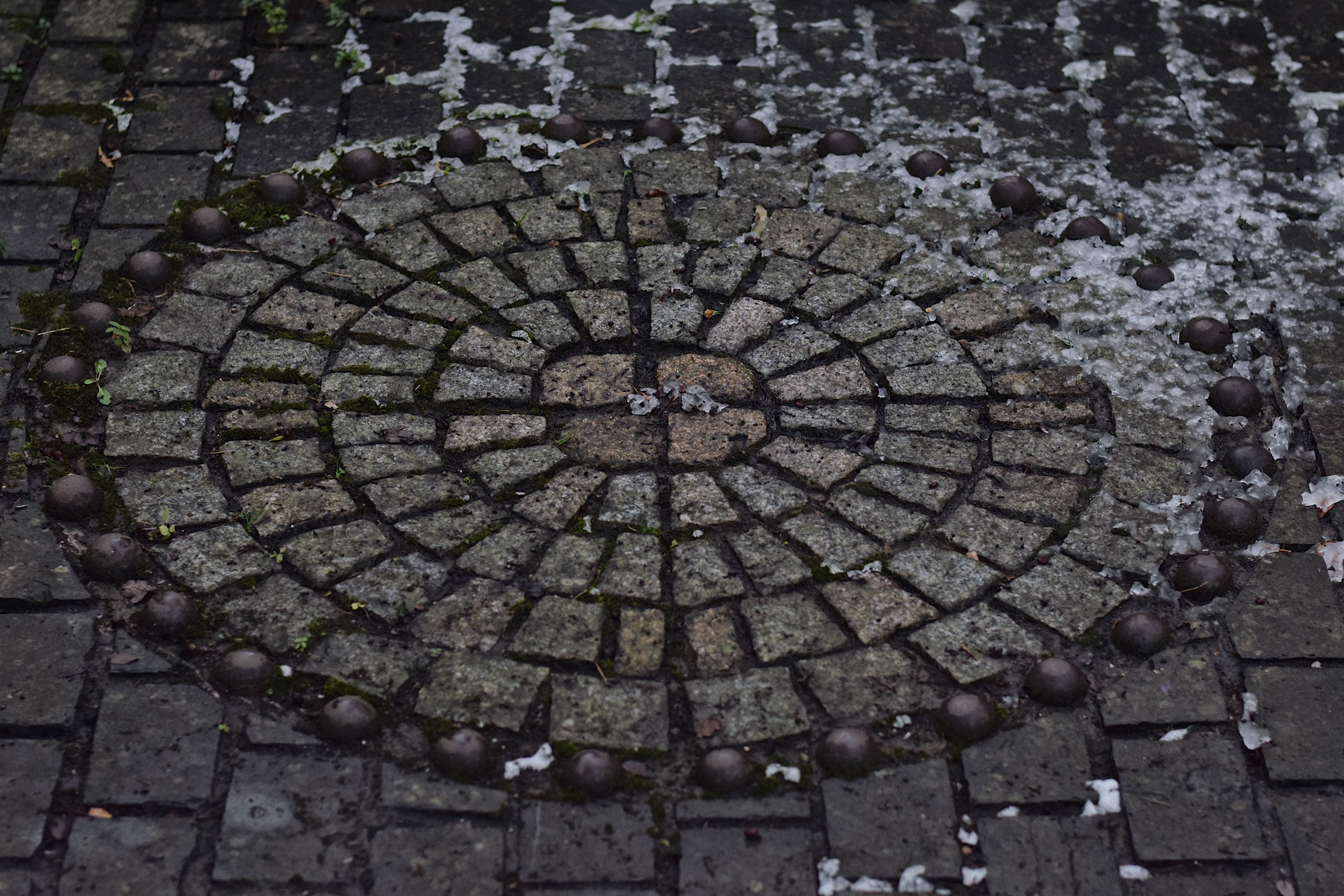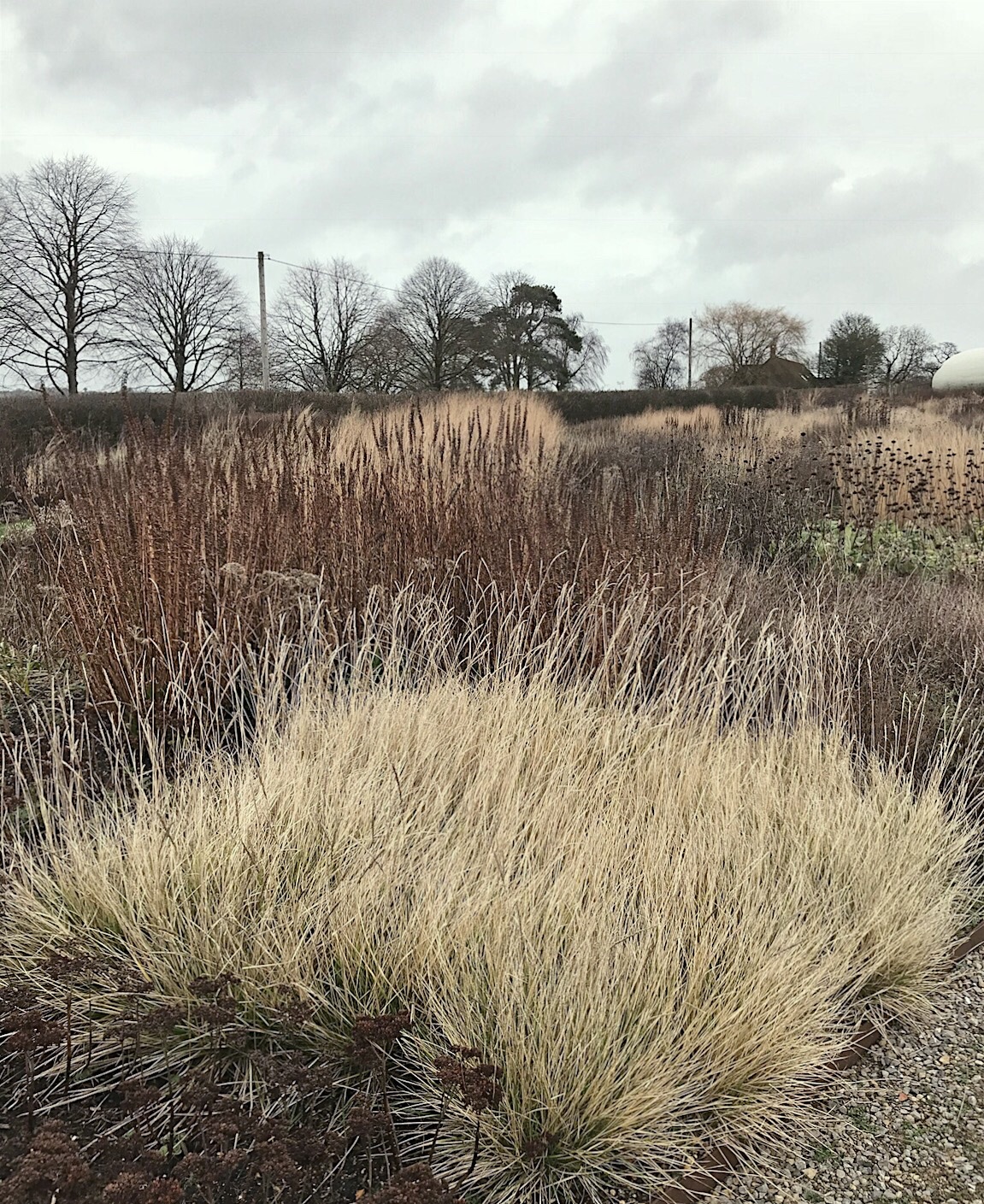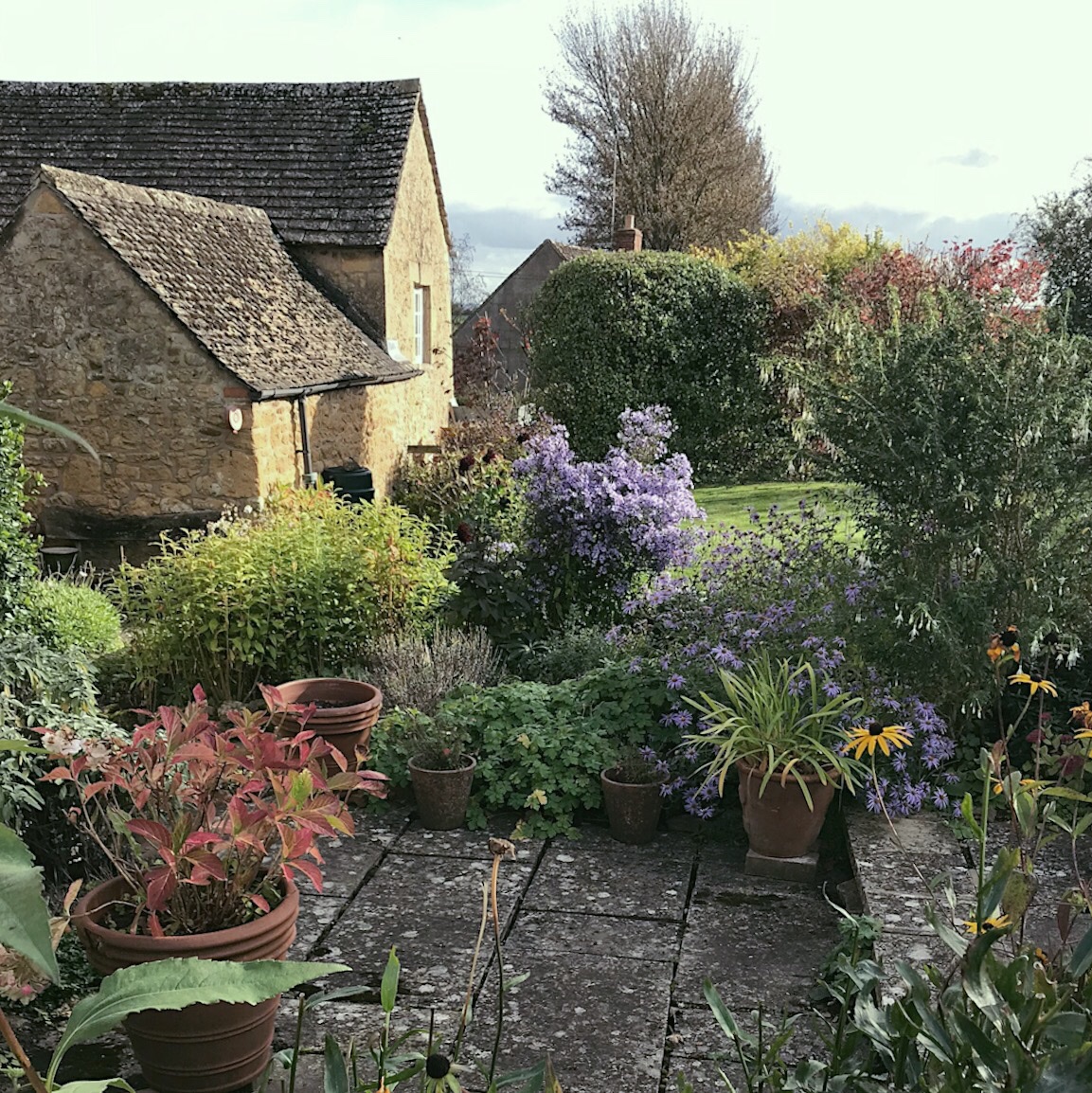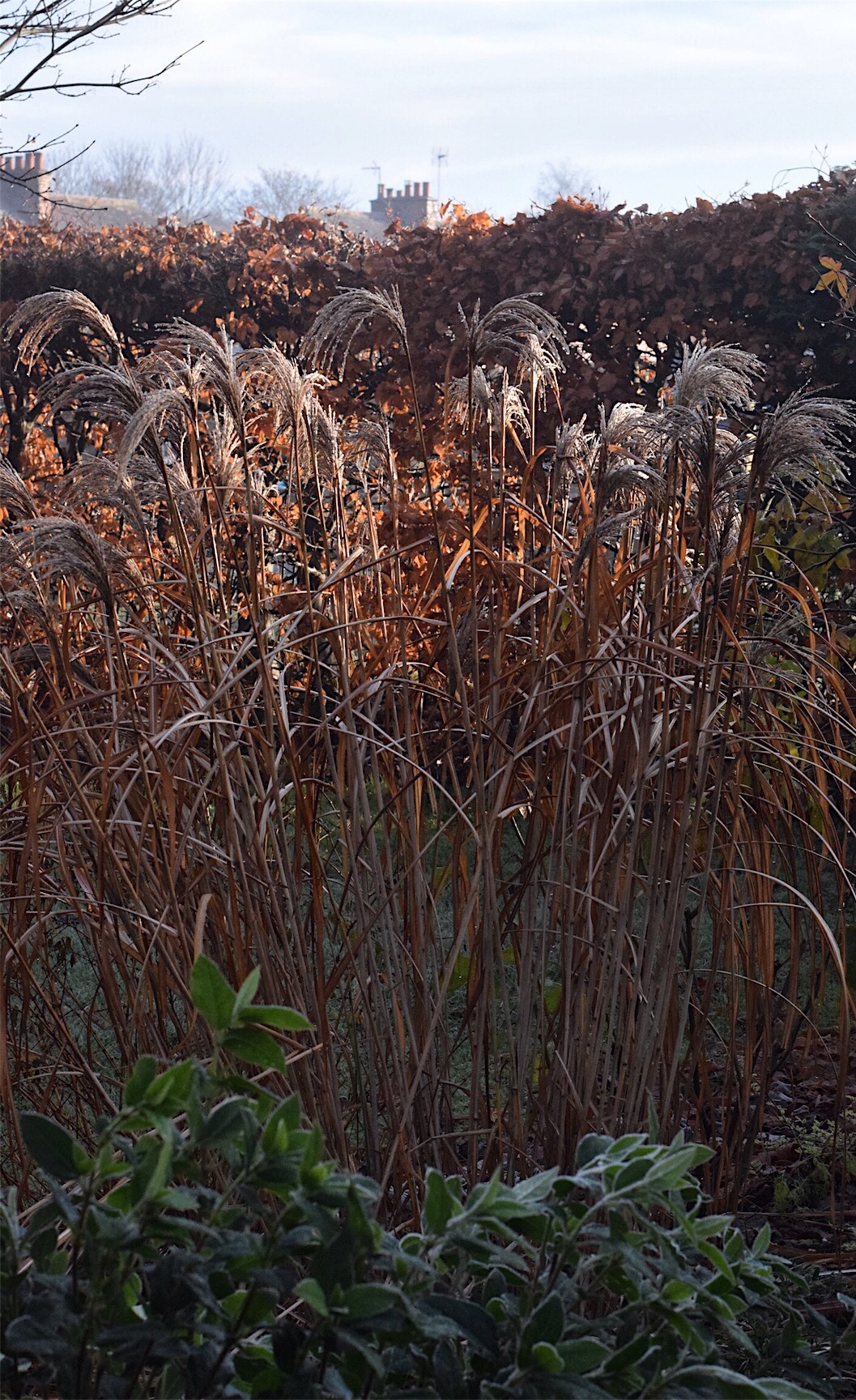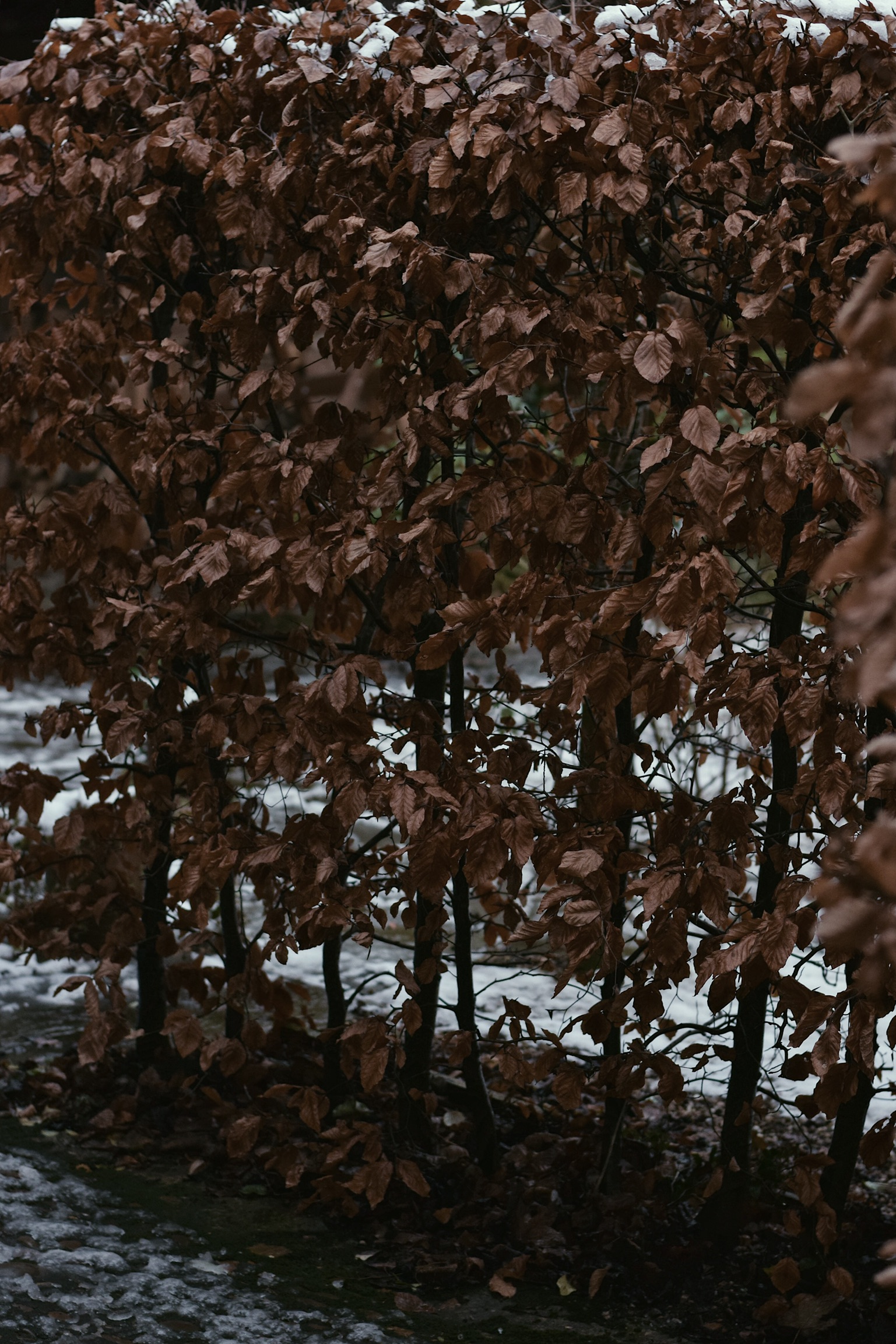Borrowed Landscape
(Clockwise from top right)
Visits to famous gardens in the winter never fail to get me outside cutting and digging in my own patch. I've already cleared a small bed in my front garden just 2 x 3 metres, ready for switch and spangle grasses inspired by the Hauser Wirth garden in Bruton. This one is a big open space some 1.5 acres where the designer Piet Oudolf has used drifts of grasses from the Prairies of North America to echo the reeds, rushes and willows of the Somerset Levels. I like the way his garden has this strong sense of place which makes for a calming yet energising space. Closer to where I live is Croome Park near Pershore originally laid out by Capability Brown where you'll find the gardens spreading seamlessly into the pastoral landscape by using wide ditches on one side and a woodland on the other; it's a lovely place for a country walk with delightful features at every turn. Both designers borrowed the landscape by choosing plants that blend well and by using views to their best advantage and you can too. You'll probably have to learn to love all shades of brown and green keeping showy seasonal flowers to dress your porch or patio, but I promise this gardening style will beguile and sustain you for many years.
So how exactly do you borrow from the landscape to make a garden that feels right? Maybe start with the bigger picture and consider these questions: What was there before the land was developed and built on? What about the lie of the land? What grows well? Then make choices for your garden that are compatible with the land beyond its boundaries. In northern Europe, woodland areas, raised beds for vegetables, small orchards and swathes of grass bound by hedges all look well because you'll be restoring what was there before.
Repetition is an important principle: shapes, textures and colours all need to be used repeatedly because this is what happens naturally. Have a good look at neighbouring gardens and green spaces and repeat those plants choices, for example a silver birch the other side of a fence would look well with two more planted on your side. Trees do better planted in groups and the existing tree gives lots of information about summer shade and its winter silhouette. If there's an established beech hedge in view, create inside walls with new beech whips to outline a secret garden or to hide tools, pots and compost. You should find that sympathetic planting softens boundaries and gives your garden an expansive feel. I'm a great fan of low impact boundaries: featherboard or chestnut paling fences and picket and cleft gates look lovely planted with native hedging. I realise full height braced gates are needed sometimes, to keep the dog safe in my case but choose low fences and hedging elsewhere.
To add charm and loveliness add features which don't have to be plants at all: a timber archway or an arbour, a winding path with a change of surface, stone spirals or a container used as a focal point, all work well in your outdoor room. Seasonal plants in pots and troughs like the green and white viridflora tulip or a dark blue lavender in spring and later echinacea and calendula look stunning with a green backdrop.
Every garden I've tended has had an unappealing feature or two, a towering Leylandii hedge which I had to make my peace with, house building at the bottom of the garden, and orange fence panels, for example. Hiding them in plain sight might save you from disliking the whole plot: you can use the fence panels to hold up natural willow hurdles, or plant some woodland trees in front of them like hazel and hornbeam which will take a few seasons to make an impact but then gardening is always a long game. The orange tones will fade in a couple of seasons especially if you water the timber with muddy water. To mask the new rooflines at the end of my garden I planted a fast growing maple where there was a gap which will do the trick in the summer and for winter frost and snow I put up a shed with a pitched roof to repeat the shape of the gables of the new build houses. But the best solution is to make the most of vistas and views from further away.
You can look up the Piet Oudolf garden here: www.hauserwirthsomerset.com and Croome Park here: www.nationaltrust.org.uk/croome and if you get the chance to visit in person you won't be disappointed. My grasses are now planted in my small front garden and seem happy in the rain and above average temperatures. I imagine them grown up, swaying in the breezes that sweep up the river valley their straw shades augmenting the colour of the pale oak door.

